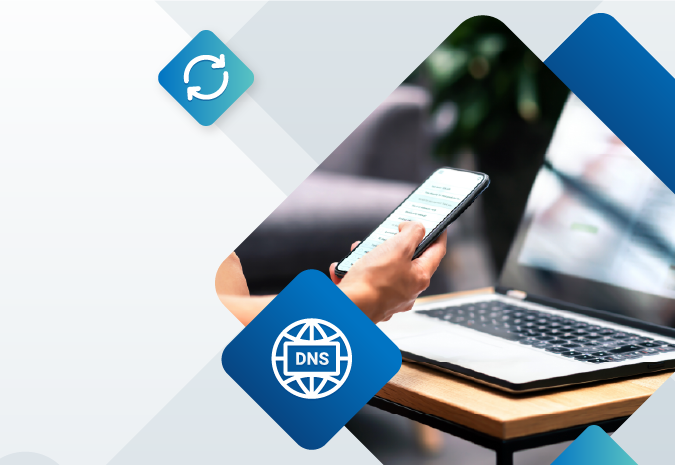Enterprise Defense From Security Threats, Cyber Attacks, and Data Leakage

Information technology and data has become such a key component of doing business that threats to information management resources alone have the potential to bring any enterprise business to a halt.
Threats to data and network resources exist from malicious sources as well as unintentional user mistakes. IBM reports that in 2013 there were over 1.5 million cyber attacks in the United States.
The growing complexity of these attacks and the sheer growth in the volume of hacking attempts that enterprises face today are reaching epidemic proportions.
Defending enterprises against threats, attacks, and user mistakes that leak sensitive corporate data requires us to take a broader look at the concept of vulnerabilities, so that we can understand why attackers are able to compromise software and infiltrate corporate networks.
Basically, vulnerabilities enterprises face today include one or more of the following:
- Weak passwords
- Incorrect configuration of a system
- Unpatched software
- Unqualified or untrained users
- Insufficient security measures
- Incorrect operational procedures
- Ineffective or no BYOD policy implementation
Enterprise vulnerabilities, network weak points, and data security depend on a system to manage these potential threats, including managing proper access to network resources and mitigating the capability of internal and external user mistakes.
Responding to Internal and External Data Security Threats
The world's largest oil producer, Saudi company Aramco, was forced to shut down operations following a devastating virus that erased data from tens of thousands of network resources (reports state nearly 75% of its enterprise resources were affected). This incident should be a wake up call for enterprises throughout the world that internal and external data security is critical to ongoing business operations. The Aramco incident is reported to have been started by an internal individual with extended access to the network.
The Target data breach that exposed millions of customer financial records appears to have been triggered by stolen 3rd party contractor login credentials.
Managing data security in enterprises requires the proper approach to data security and vulnerability management by identifying possible vectors, classifying the existing threats to enterprise data, and limiting the access to information and resources internally and externally in the organization.
4 Key Areas for Enterprise Data Vulnerability
Enterprise vulnerabilities can be found in a number of areas in the organization. Information threats come in physical and digital form. Among them include:
Hardware Vulnerabilities
Unprotected storage in a hardware system could lead to vulnerabilities. Managed PKI is used more and more often to help hardware vendors deploy digital certificates for hardware device security.
Along with certificate-based security for data encryption and access control, administrators should also consider the role that BYOD policies should play in their organization to protect network resources from external, possibly compromised devices infecting network resources.
Software Threats
With proper, regular audits and testing of software, vulnerabilities can easily be found. Enterprises should carefully consider what software users can install on corporate systems and only trust software from reputable vendors.
Microsoft has gone a step further in helping enterprises deal with the growing data security threat by requiring all third party developers of Windows applications to use an EV Code Signing SSL Certificate for any Windows-based application.
The EV certificate verification process requires application developers to go thorough background identity checks, filtering out malware developers and also preventing the unauthorized repackaging of popular software.
Network Risks
Administrators must protect network systems, because without this protection any system is susceptible to vulnerabilities. The data between communications channels in a network must always be encrypted. Administrators should also work with vulnerability scanning and monitoring services to ensure that proper encryption has been set up and that security settings are properly configured and known vulnerabilities are addressed.
Cyber Attacks
Following a vulnerability located in your system, the next step is a cyber-attack. Using a malicious code, a cyber-attack will change the data or the system code. This causes an interruption which exposes data and leaves your system open to cyber crimes. In order to pull off a successful attack, the network and source of data are penetrated by the attacker.
Unmonitored systems that are susceptible to known security vulnerabilities are a prime target for cyber criminals and hackers. The free cloud security monitor Certificate Inspector, for example, can identify potential system security problems like weak keys, outdated ciphers, or even expired certificates. Cert Inspector utilizes a unique, proprietary algorithm to grade certificate installations and also server configurations by connecting to a public website online. It also offers internal agents for scanning internal network resources.
All of the findings are stored in a secured account, never revealed on any public site, and administrators can quickly set up ongoing system checks to automate vulnerability detection for their network resources.
Responding to Data Security Demands
Employees should receive frequent, ongoing training on data protection and data management policies. Web users must maintain strong passwords, ignore emails from unknown sources, and be continually reminded of best practices to ensure personal and data security online.
Attackers have become very sophisticated in their cyber-attack methods and are using new, improved, and innovative methods to gain access to your confidential information.
Organizations need to always be vigilant and take security precautions to protect themselves, their data, and their users from the growing threats, vulnerabilities, data breaches, and cyber attacks.





